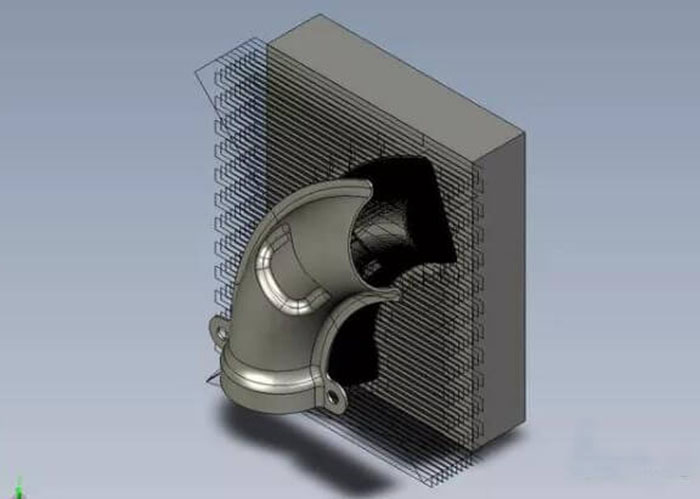Process parts, such parts directly participate in the completion of the process and have direct contact with the blank, including working components, positioning components, unloading and pressing components, etc.
Lorem ipsum dolor sit amet, consectetur adipiscing elit. Ut elit tellus, luctus nec ullamcorper mattis, pulvinar dapibus leo.
Auto parts stamping die design
The modernization of mold design and manufacturing is the basis for the development of the mold industry. With the development of science and technology, advanced technologies such as computer technology, information technology, and automation technology are constantly infiltrating, intersecting, and merging into traditional manufacturing technologies, transforming them, and forming advanced manufacturing technologies. The new stamping dies tapping technology has led many stamping manufacturers to reduce costs and caused a panic buying boom.
Reasonable selection of mold materials and implementation of the correct heat treatment process is the key to ensuring the life of the mold.
For molds with different purposes, comprehensive consideration should be given to factors such as their working conditions, stress conditions and properties of the processed material, production batch size and productivity, and the various properties of the above requirements should be emphasized, and then the steel type and heat treatment The corresponding choice of craft.
Concept of auto parts stamping die design - Mold material choice
The guide pin and guide bushing require wear resistance and better toughness, so low-carbon steel surface carburizing and quenching are often used.
For another example, the main disadvantage of carbon tool steel is poor hardenability. When the section size of the die part is large, the center hardness is still low after quenching.
However, when working on a press with a large number of strokes, due to its resistance Good impact becomes an advantage. Parts such as fixed plates and unloading plates, not only must have sufficient strength but also require small deformation during the working process.
In addition, cold treatment cryogenic treatment, vacuum treatment, and surface strengthening methods can also be used to improve the performance of mold parts. For cold extrusion dies with poor working conditions for convex and concave dies, mold steels with sufficient hardness, strength, toughness, wear-resistance, and other comprehensive mechanical properties should be selected, and they should have a certain red hardness and thermal fatigue strength, etc.
The hot and cold processing performance of the material and the existing conditions of the factory should be considered.
Pay attention to the use of micro-deformed die steel to reduce machining costs.
For molds with special requirements, mold steels with special properties should be developed and applied
The choice of mold material should be determined according to the use conditions of the mold components so that the main conditions are met, and low-cost materials are selected to reduce costs.
You may also be interested in the below articles:
Summary Of 50 Injection Mold Structure Operation Dynamic Diagrams




